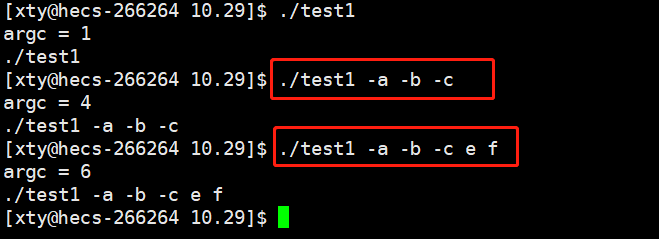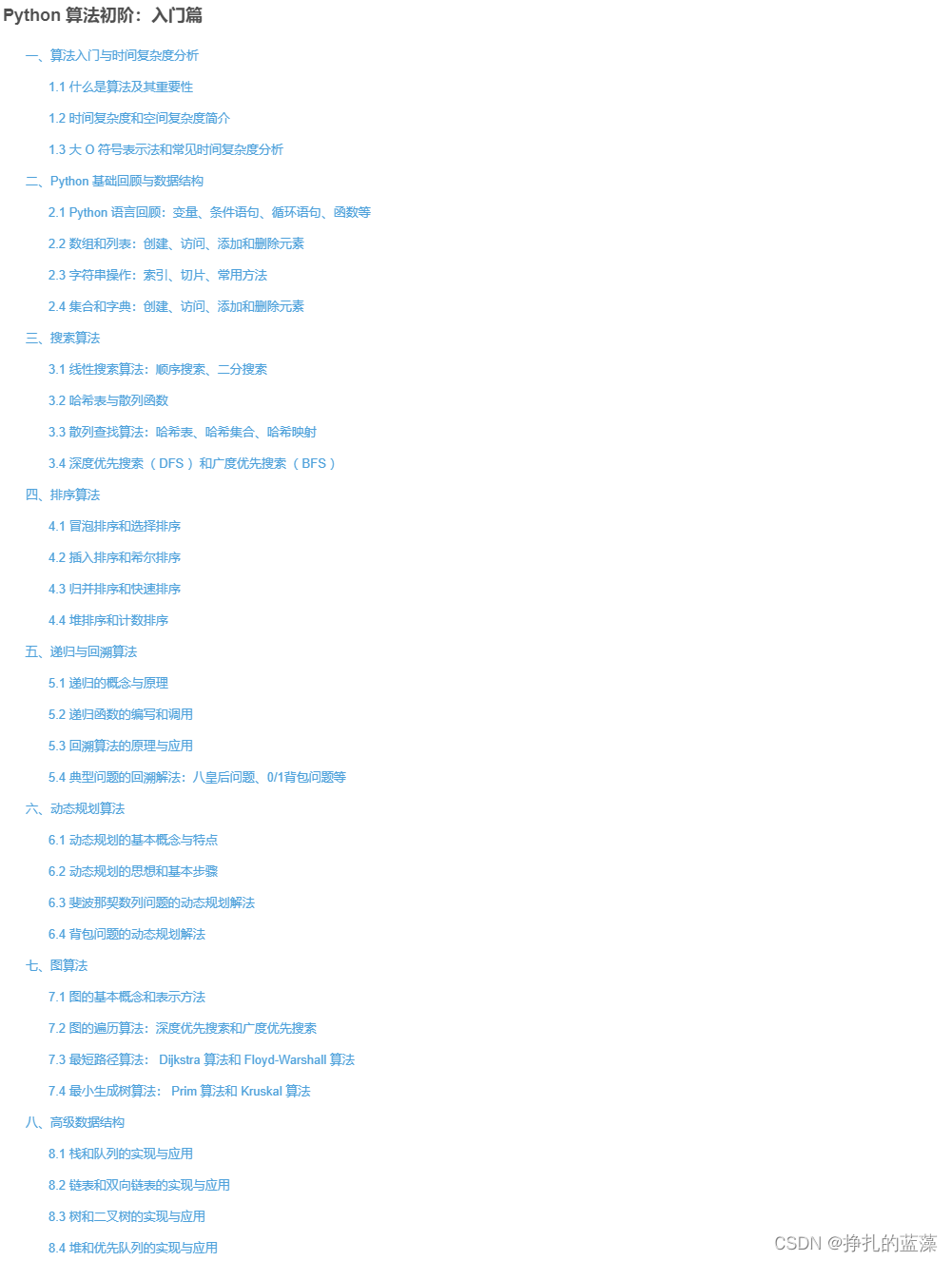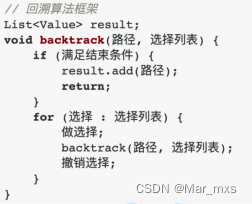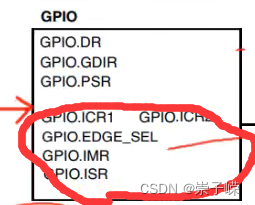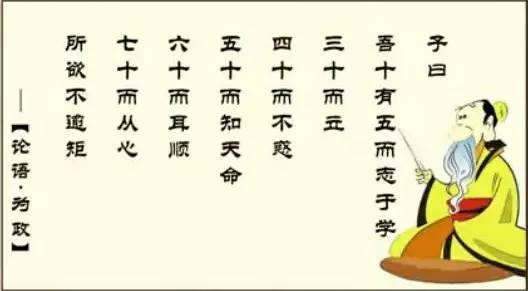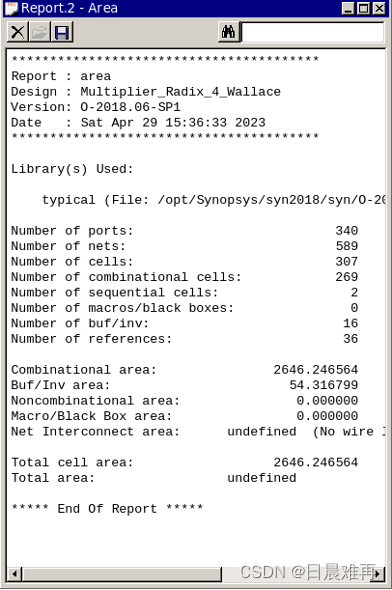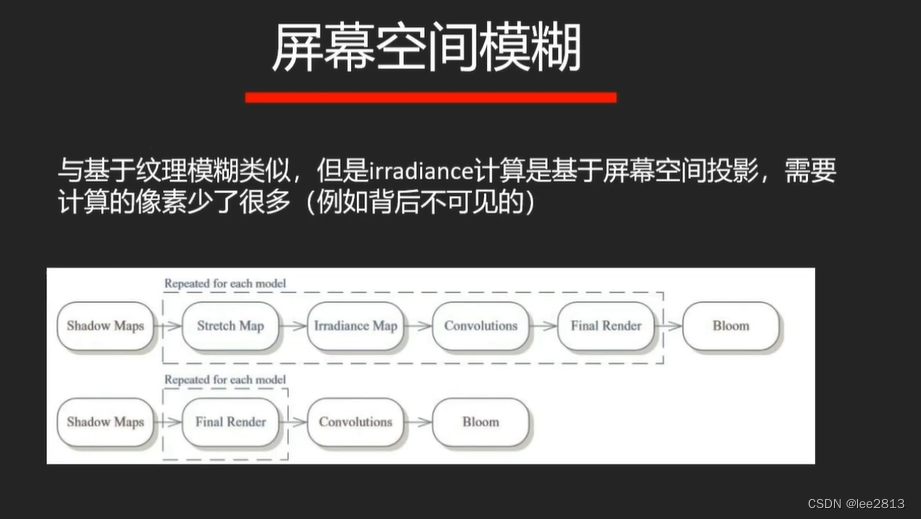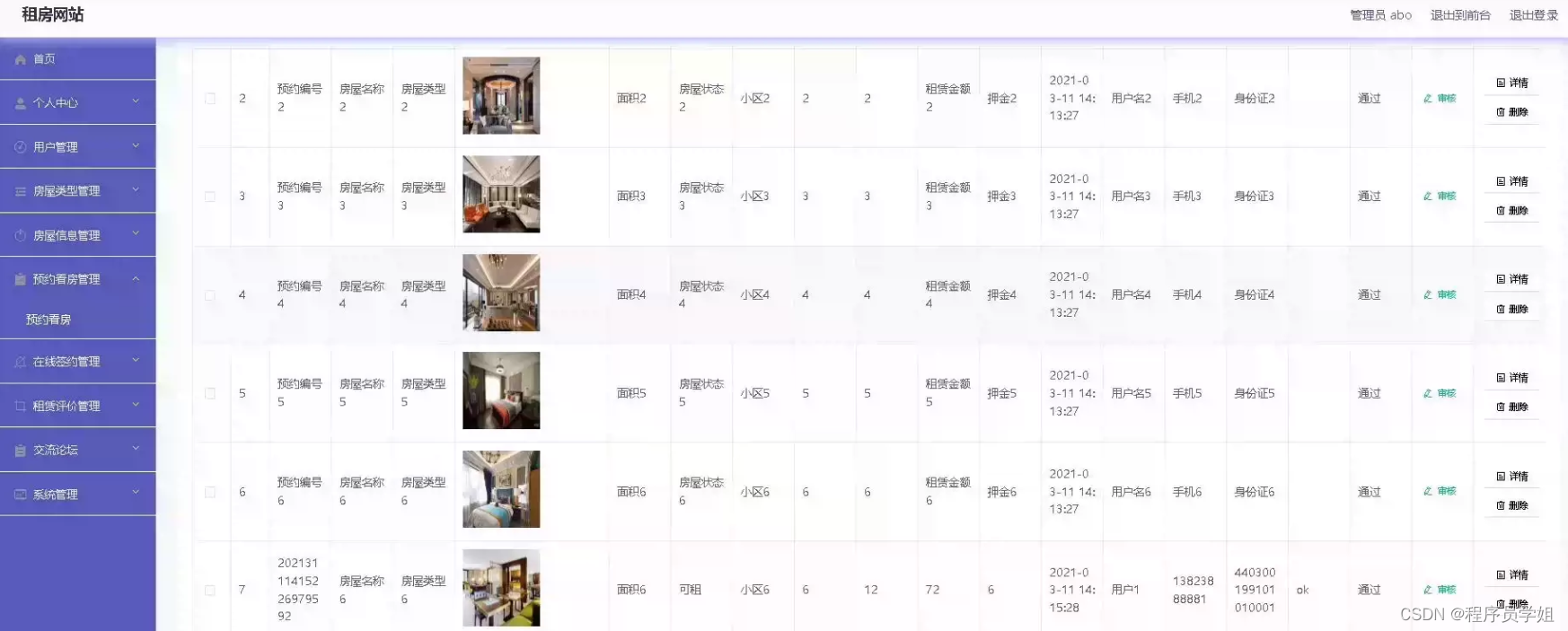试题1(王道8.3.3节综合练习2):
编写双向冒泡排序算法,在正反两个方向交替扫描。即第一趟把关键字最大的元素放在序列的最后面,第二趟把关键字最小的元素放在序列最前面,如此反复。
首先实现冒泡排序:
#include<stdio.h>
#include<stdlib.h>
#include<string.h>
#define ElemType int
void BubbleSort(ElemType a[],int n){
int x;
bool flag = false;
for (int i = 0; i < n;i++){
flag = false;
for (int j = n - 1; j > i;j--){
if(a[j-1] > a[j]){
x = a[j - 1];
a[j - 1] = a[j];
a[j] = x;
flag = true;
}
}
if (flag == false)
return;
}
}
int main(){
int a[7] = {4, 3, 2, 7, 6, 8, 9};
BubbleSort(a, 7);
for (int i = 0; i < 7;i++){
printf("%d ", a[i]);
}
}输出:
2 3 4 6 7 8 9 然后实现所谓的双向:把i%2这个条件加上去即可:
#include<stdio.h>
#include<stdlib.h>
#include<string.h>
#define ElemType int
void BubbleSort(ElemType a[],int n){
int x;
bool flag = false;
for (int i = 0; i < n;i++){
if(i % 2 == 0){
for (int j = 0; j < n - 1 - i; j++){
if(a[j] > a[j+1]){
x = a[j + 1];
a[j + 1] = a[j];
a[j] = x;
flag = true;
}
}
if (flag == false)
return;
}
else{
for (int j = n - 1; j > i;j--){
if(a[j-1] > a[j]){
x = a[j - 1];
a[j - 1] = a[j];
a[j] = x;
flag = true;
}
}
if (flag == false)
return;
}
}
}
int main(){
int a[7] = {4, 3, 2, 9, 8, 7, 6};
BubbleSort(a, 7);
for (int i = 0; i < 7;i++){
printf("%d ", a[i]);
}
}试题2(王道8.3.3节综合练习3):
已知线性表按顺序存储,且每个元素都是不相同的整数类型元素,设计把所有奇数移动到所有偶数前边的算法(要求时间最少,辅助空间最少)。
本题可使用类似快排的思想:
#define ElemType int
void oddbeforeeven(ElemType a[],int n){
int low = 0;
int high = n - 1;
int change;
while(low < high){
while(a[low] % 2 != 0){ //前面是奇数
low = low + 1;
}
while(a[high] % 2 == 0){ //后面是偶数
high = high - 1;
}
change = a[high];
a[high] = a[low];
a[low] = change;
low = low + 1; //注意后面必须在移动一下指针
high = high - 1;
}
}
int main(){
int a[7] = {4, 3, 2, 9, 8, 7, 6};
oddbeforeeven(a, 7);
for (int i = 0; i < 7;i++){
printf("%d ", a[i]);
}
}
输出:
7 3 9 2 8 4 6试题3(王道8.3.3节综合练习5):
试编写一个算法,在数组中找到第k小的元素。
此题可参考王道第七章的二叉排序树的练习(王道7.3.4节综合练习11):
【试题再现】编写一个递归算法,在一棵具有n个结点的二叉排序树上查找第k小的元素,并返回该结点的指针。要求算法的平均时间复杂度是,二叉排序树每个结点中除了data,lchild,rchild外,增设一个count成员,保存以该结点为根的子树的结点个数。
我们首先实现一下快速排序:
#include<stdio.h>
#include<stdlib.h>
#include<string.h>
#define ElemType int
int Partition(ElemType a[],int low,int high){
ElemType pivot = a[low];
while(low < high){
while(low<high&&a[high]>=pivot)
high = high - 1;
a[low] = a[high];
while(low<high&&a[low]<=pivot)
low = low + 1;
a[high] = a[low];
}
a[low] = pivot;
return low;
}
void QuickSort(ElemType a[],int low,int high){
if(low<high){
int pivotpos = Partition(a, low, high);
QuickSort(a, low, pivotpos - 1);
QuickSort(a, pivotpos + 1, high);
}
}
int main(){
int a[7] = {4, 3, 2, 9, 8, 7, 6};
QuickSort(a, 0, 6);
for (int i = 0; i < 7;i++){
printf("%d ", a[i]);
}
}
当快速排序结果出来后依次输出可以直接得到答案。这里也可以递归:
#define ElemType int
int Partition(ElemType a[],int low,int high){
ElemType pivot = a[low];
while(low < high){
while(low < high && a[high] >= pivot)
high = high - 1;
a[low] = a[high];
while(low < high && a[low] <= pivot)
low = low + 1;
a[high] = a[low];
}
a[low] = pivot;
return low; //返回pivot的下标
}
int QuickSortk(ElemType a[],int low,int high,int k){
int pivotpos = Partition(a, low, high);
if(pivotpos == k-1){
printf("%d\n", a[pivotpos]);
return a[pivotpos];
}
else if(pivotpos > k-1){
return QuickSortk(a, low, pivotpos - 1, k);
}
else{
return QuickSortk(a, pivotpos + 1, high, k);
}
}
int main(){
int a[10] = {4, 3, 2, 9, 8, 7, 6, 10, 14, 17};
QuickSortk(a, 0, 9, 6);
for (int i = 0; i < 10;i++){
printf("%d ", a[i]);
}
}输出:
8
2 3 4 6 7 8 9 10 14 17试题4(王道8.3.3节综合练习6):
荷兰国旗问题。
分类讨论,这题可能不是那么好想,一点点调吧...
#include<stdio.h>
#include<stdlib.h>
#include<string.h>
#define ElemType int
int NetherlandsFlag(ElemType a[],int n){
int red = -1;
int blue = n;
int x;
for (int i = 0; i < n;i++){
if(i < blue){
if(a[i] == 0){ //i之前全部是红或白
x = a[i];
a[i] = a[red + 1];
a[red + 1] = x;
red = red + 1;
}
else if(a[i] == 2){
while(a[blue - 1] == 2){
blue = blue - 1;
}
if(i < blue){
x = a[i];
a[i] = a[blue - 1];
a[blue - 1] = x;
blue = blue - 1;
if(a[i] == 0){ //红色的交换到前面
x = a[i];
a[i] = a[red + 1];
a[red + 1] = x;
red = red + 1;
}
}
}
}
else
break;
}
}
int main(){
int a[11] = {2, 1, 0, 0, 2, 1, 1, 0, 0, 2, 1}; // 0,1,2代表红白蓝
NetherlandsFlag(a, 11);
for (int i = 0; i < 11;i++){
printf("%d ", a[i]);
}
}输出:
0 0 0 0 1 1 1 1 2 2 2 试题5(王道8.3.3节综合练习7):

解答:把试题3的代码参数k换成即可。
试题6(王道8.6.3节综合练习2):
设顺序表用数组A[ ]表示,表中元素存储在数组下标1到m+n范围内,前m个元素递增有序,后n个元素也递增有序,设计算法使得整个顺序表有序。
可以看成直接插入排序进行了m轮,然后在进行n轮直接插入排序:
#define ElemType int
int Sort(ElemType a[],int m,int n){
int i,k;
for (int i = m + 1; i <= m + n;i++){
a[0] = a[i]; //复制到a[0]
for (k = i - 1; a[k] > a[0]; k--){ // 移动
a[k + 1] = a[k];
}
a[k + 1] = a[0];
}
}
int main(){
int a[9] = {0,2,4,5,7,3,5,9,11};
Sort(a, 4, 4);
for (int i = 1; i <= 8;i++){
printf("%d ", a[i]);
}
}输出:
2 3 4 5 5 7 9 11试题7(王道8.6.3节综合练习3):
有一种简单的排序算法,叫做计数排序。这种排序算法对一个待排序的表进行排序,并将排序结果存放在另一个新的表中。必须注意的是,表中所有待排序的关键字互不相同。计数排序算法针对表中的每一个记录,遍历待排序的表一遍,统计表中有多少个记录的关键字比该记录的关键字小。假如针对某一个记录,统计出计数值为c,那么,这个记录在新的有序表中合适的存放位置即为c。设计实现计数排序的算法。
#define ElemType int
int Sort(ElemType a[],ElemType b[]){
int count = 0;
for (int i = 0; i < 10;i++){
count = 0;
for (int j = 0; j < 10;j++){
if(a[j]<a[i])
count++;
}
b[count] = a[i];
}
}
int main(){
int a[10] = {0,4,3,2,6,9,8,11,32,21};
int b[10];
Sort(a, b);
for (int i = 0; i <= 9;i++){
printf("%d ", b[i]);
}
}试题8(王道8.6.3节综合练习4):
设有一个数组的存放一个无序关键序列,现在要求把最后一个元素
放在将元素排序后的正确位置上,试编写实现该功能的算法,要求比较关键字的次数不超过n。
可以用上题的思路,也可借助快速排序。





